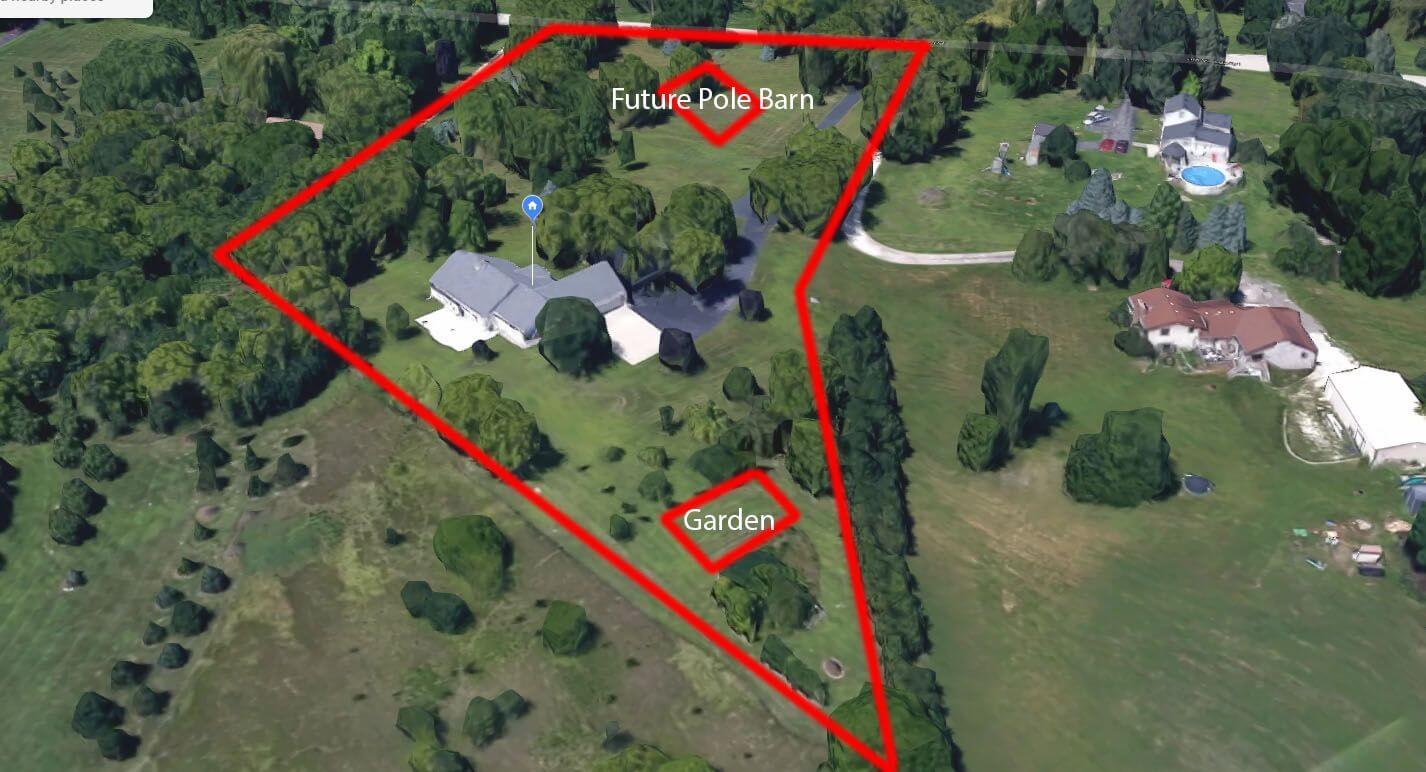When considering land for purchase or development, it’s important to grasp the concept of acreage and how it translates into practical space. Understanding the size, dimensions, and potential uses of 3 acres can help you make informed decisions whether you’re planning to build, farm, or invest. This article will provide you with detailed insights into 3 acres sizes, dimensions and visualizations to give you a clearer picture of what this amount of land entails.
What Is an Acre?
Before diving into specifics about 3 acres, it’s helpful to understand what an acre is. An acre could be a unit of zone commonly utilized within the United States to degree huge plots of arrive. One acre equals 43,560 square feet. To put this into perspective, an acre is about 90% of a standard American football field, excluding the end zones.
Dimensions of 3 Acres
Knowing the dimensions of 3 acres can help you better visualize and plan for the space. Here are some common dimensions for 3 acres:
- Rectangular Shape: A typical rectangular plot of 3 acres might measure approximately 360 feet by 363 feet.
- Square Shape: If the plot is more square in shape, it would be roughly 362 feet on each side.
Of course, land doesn’t always come in perfect rectangles or squares. The actual dimensions of a 3-acre plot can vary widely depending on the specific layout and topography of the land.
Visualizing 3 Acres
To better understand what 3 acres looks like, here are some visual comparisons:
- Football Fields: As mentioned, 1 acre is about 90% of a football field. Therefore, 3 acres would be equivalent to nearly three football fields placed side by side.
- City Blocks: In many cities, a standard city block covers about 2.5 acres. So, 3 acres would be a bit larger than a single city block.
- Houses: If you consider an average single-family home to occupy about 0.2 acres, 3 acres could hold approximately 15 such homes with some yard space around each.
These comparisons can help you picture the amount of space 3 acres provides and how it might be utilized.
Practical Uses for 3 Acres
Three acres of land can be used for a variety of purposes. Here are some common uses:
Residential Development
For those looking to build a home, 3 acres offer ample space for a large house, expansive yard, and additional structures like a garage, pool, or guest house. It also provides plenty of privacy from neighbors.
Farming and Agriculture
Three acres are sufficient for small-scale farming or gardening. You can grow a variety of crops, maintain a small orchard, or even raise livestock. This amount of land offers a balance between manageable size and productive potential.
Recreational Use
Landowners can also use 3 acres for recreational purposes. This could include creating a private park, setting up sports facilities, or establishing trails for hiking and biking.
Investment
Purchasing 3 acres can also be a strategic investment. As urban areas expand, the value of land often increases, making it a potentially profitable asset. Developers might also be interested in acquiring such plots for future projects.
Considerations When Buying Land
When considering the purchase of 3 acres, keep the following factors in mind:
- Location: The location of the land significantly impacts its value and potential uses. Proximity to urban centers, accessibility, and local zoning laws are important considerations.
- Topography: The physical characteristics of the land, including its slope, soil quality, and existing vegetation, can affect its usability and development costs.
- Utilities: Ensure the availability of essential utilities like water, electricity, and sewage systems. The cost of extending these services to undeveloped land can be substantial.
Conclusion
Understanding the size, dimensions, and potential uses of 3 acres can greatly aid in your planning and decision-making process. Whether you’re looking to build a home, start a farm, or invest in land, knowing what 3 acres can offer is invaluable. For more detailed information and visualizations about 3 acres: sizes, dimensions, and visualizations, be sure to explore resources and guides that provide comprehensive insights into land measurement and utilization. This knowledge will empower you to make the best choices for your needs and goals.

